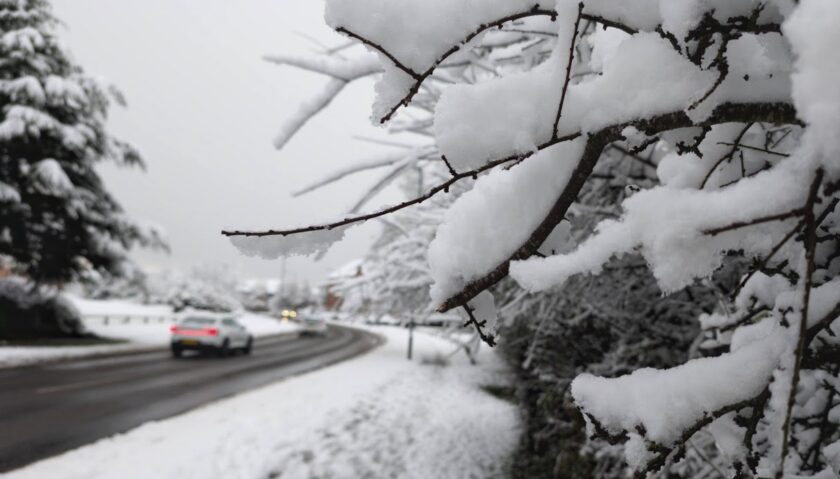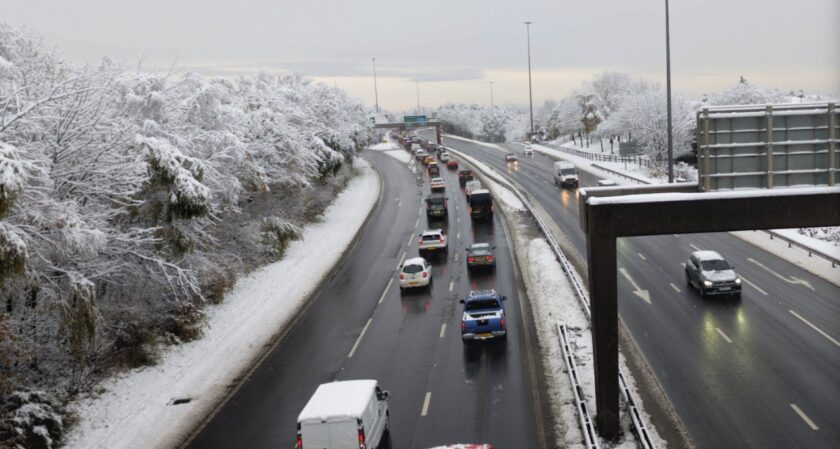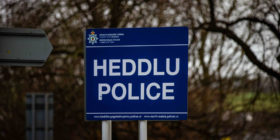Met Office issues yellow weather warning for ice in Flintshire

The Met Office has issued a yellow weather warning for ice in Flintshire and other parts of the UK, cautioning residents about hazardous travel conditions.
The warning, is in effect from 4pm on Wednesday until 10am on Thursday.
As temperatures are set to plummet below freezing, the Met Office warns that untreated roads, pavements, and cycle paths could become treacherous.
“The combination of freezing temperatures and lingering moisture from previous rain showers increases the likelihood of ice forming on untreated surfaces, making travel dangerous,” a spokesperson explained.
In addition to icy stretches, forecasters predict occasional sleet or snow showers overnight, further exacerbating risks.
Flintshire Council has said it has “13 gritters salting and ploughing the county network, assisted by three tractor gritters. This effort began on Monday evening and will continue throughout this period of freezing conditions. Over 800 tonnes of salt have been used so far.”
The council also noted that teams are actively addressing weather-related damage.
“Two crews of three operatives are currently dealing with numerous trees and branches brought down by the weight of the snow. An additional 20 operatives are hand salting town centres, sheltered accommodations, and schools, as well as replenishing salt bins.”
Motorists and pedestrians are advised to exercise caution, particularly on untreated surfaces, to prevent accidents and injuries during this period of severe weather.
RoSPA advice
As the cold snap continues in Flintshire, the Royal Society for the Prevention of Accidents (RoSPA) has issued a stark reminder to drivers: controlling speed during these conditions is vital to saving lives.
Caitlin Taylor, Road Safety Manager at RoSPA, warned that speeding amplifies risks on the roads during winter.

“Higher speeds mean that drivers have less time to identify and react to what is happening around them,” she said.
“It takes longer for the vehicle to stop, removes the driver’s safety margin, and turns near misses into collisions.”
Caitlin explained that at 30mph, a vehicle travels about three car lengths in a second.
A brief glance away could result in missing critical dangers, such as a child stepping out from behind a parked car or brake lights up ahead.
Seasonal Challenges for Drivers
The combination of poor visibility and adverse weather makes winter driving especially hazardous.
Early mornings and evenings are particularly dangerous, with reduced light conditions and the potential for rain, fog, or icy roads.
The Department for Transport (DfT) has highlighted speeding as a significant factor in accidents, with exceeding the speed limit contributing to 21% of fatal collisions in 2023.
Driving too fast for conditions was noted in 8% of fatalities.
Caitlin urged drivers to take simple but vital precautions:
- Be prepared: Use dipped headlights and ensure windscreens are clean for maximum visibility.
- Adapt your speed: Adjust driving habits based on weather and road conditions.
- Allow more time: Plan ahead to avoid rushing, and leave safe distances between vehicles.
“Our ability to adapt to changing light reduces as we age,” added Caitlin.
“This impacts how we see colours and contrasts in low-light conditions and increases the time needed to recover from glare.”
Spotted something? Got a story? Send a Facebook Message | A direct message on Twitter | Email: [email protected] Latest News









